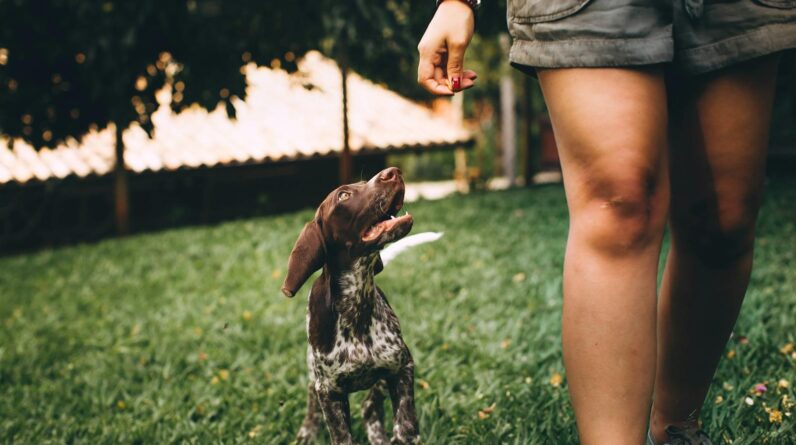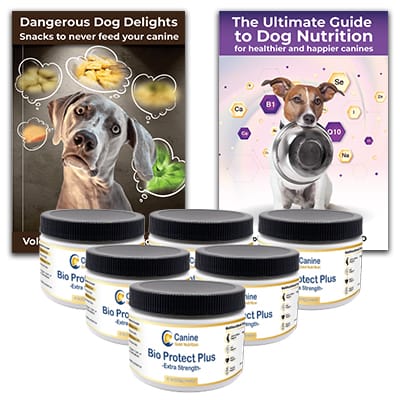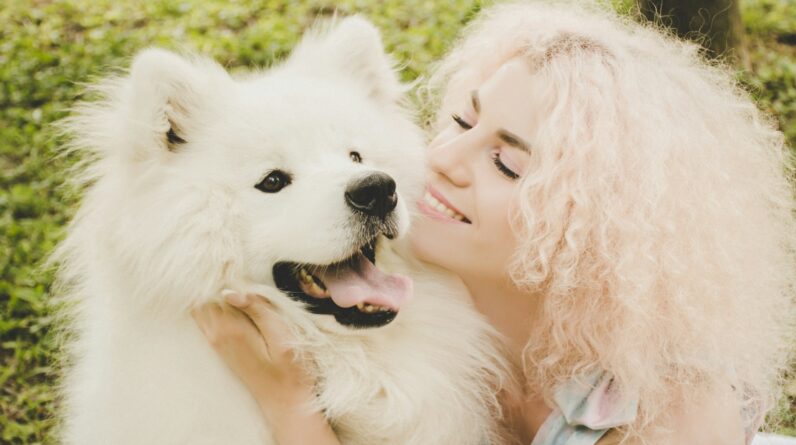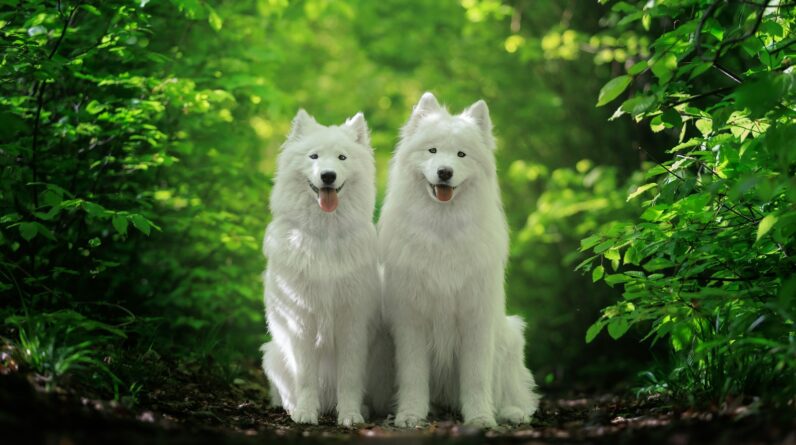
Picking Out Pooch Chow: What Could Be Hiding?
Hey there! Have you ever stared at the rows and rows of dog food at the store feeling super confused? Yup, me too. It’s important to know what’s in your furry friend’s bowl. Dogs are like family, and we gotta make sure they are eating good stuff, right? So, let’s chat about some sneaky things that might be in dog food. It’s like being a detective, but instead of solving mysteries, we’re checking out what our pups munch on.
What’s That Word?
First off, have you ever tried reading the ingredients on your dog’s food bag? It’s like a weird word puzzle with things like “meat by-products” or “BHA.” These names sound kind of like something from a mad scientist’s lab, don’t they? Here’s the thing: those words can be code for stuff that’s not the best for your best friend. “Meat by-products” could be parts of animals that we wouldn’t even think of eating. And “BHA” is a chemical that keeps food from going bad but might be yucky for your pup.
Grains and Pains
Next, let’s talk about grains. Now, grains can be good, but some dog foods have too much. You see, grains should not be the main thing your dog eats. They need a lot of protein – that’s stuff in meat that helps them stay strong and zoom around the yard like a superhero. If the first thing in the ingredients isn’t some kind of meat, that might be a red flag waving at you.
Sugar, Oh Honey Honey
Did you know some dog foods have sugar in them? Well, they do. The sneaky secret? It’s not always called sugar. It might be hiding as “corn syrup” or “fructose.” Dogs get just as hyped on sugar as we do after a birthday party. But too much can make them unhealthy and even a little chunky. We want our dogs to be fit and fast, not sleepy and sluggish.
Recalls: Not Just in Cars
Sometimes, things go wrong in factories where dog food is made. When that happens, you might hear about a “recall.” That’s when a company says, “Oops, our bad,” and tells everyone to stop feeding a certain food to their dogs because it could make them sick. Yeesh. Keep an ear out for news about dog food recalls. You wouldn’t want your dog munching on something that’s not supposed to be there, like plastic pieces or icky bacteria.
Artificial Un-fun
Artificial colors and flavors. Hmm. Sounds fancy but it’s not. These are man-made things put in dog food to make it look and taste better. Who are we kidding? Dogs would eat a sock if they could. They don’t need their food to be rainbow colored. These artificial bits might not be good for them. We’d rather have our dogs eat something that looks boring but is actually packed with good stuff.
The Allergy Monster
Have you ever gotten itchy after rolling on the grass? Some dogs can get itchy from the food they eat. Just like us, dogs can be allergic to things like wheat, corn, or soy. If you notice your dog scratching a ton or feeling sick, it might be the food’s fault. Time to play detective again and figure out if the food is the troublemaker.
Extra, Extra! Read All About It!
Just because the bag has a picture of a wolf or a happy dog on it, doesn’t mean it’s the best out there. The truth is buried sometimes, like a bone in the yard. We need to dig it up by reading, asking our vet questions, and keeping an eye on our dogs to see if they’re getting too scruffy or slow. It’s okay to ask for help to understand the weird words on the bag. After all, our dogs would do the same for us. Well, if they could read and talk, that is!
Remember how you feel when you’ve eaten too much candy and not enough carrots? Dogs feel the same with bad food. We want our dogs to chase balls, not chase their tails feeling blah. So, take a close look at what you’re pouring into your dog’s dish. A little bit of detective work can make sure your furry buddy stays happy, bouncy, and super healthy!
What are the risks of feeding my dog cheap food brands?
Cheap dog food often skimps on quality. It might have less nutritional value, which can lead to health issues for your dog, like an imbalanced diet or vitamin deficiencies. They can also have fillers with no health benefits that just bulk up the food.
Another issue is that budget brands might not be as strict about their ingredient sourcing. This can mean a higher risk of contamination or ingredients that could be harmful to some dogs. It’s key to check the labels and understand what you’re feeding your buddy.
Can dog food cause allergies in my dog?
Yes, certain ingredients in dog food can trigger allergies. Common culprits are beef, dairy, wheat, egg, chicken, lamb, soy, pork, rabbit, and fish. Each dog is unique, so an ingredient that’s fine for one might cause an allergy in another.
Signs of food allergies include itching, poor skin, ear infections, and gastrointestinal problems. If you suspect your dog has a food allergy, talk to a vet. They might suggest an elimination diet to find out what’s causing the trouble.
How can I tell if a dog food has harmful preservatives?
Check the ingredient label for BHA, BHT, and ethoxyquin. These preservatives might help dog food last longer, but they’re also controversial. Some studies suggest they could be linked to health problems in dogs, including certain types of cancer.
Instead, look for natural preservatives like tocopherols (vitamin E), ascorbic acid (vitamin C), or rosemary extract. These are safer options for preserving dog food. When in doubt, a quick chat with your vet can provide some clarity about what’s best for your pooch.
Could my dog’s food contain toxins?
Unfortunately, yes. Some dog foods have been found to contain toxins like mycotoxins, which are produced by mold on grains. There’s also the risk of heavy metals and chemical contaminants that can sneak into dog food during the manufacturing process.
To reduce this risk, choose brands that have strict testing and quality control measures. These companies often provide transparency about their ingredient sourcing and manufacturing processes, giving you more confidence in what you’re feeding your furry friend.
Is grain-free dog food always a healthier choice?
It’s a common belief, but grain-free isn’t inherently healthier. In fact, some grain-free foods replace grains with other fillers that offer little nutritional value. Plus, grains can be a good source of energy, fiber, and nutrients for many dogs.
Grain-free diets have also been studied for a possible link to dilated cardiomyopathy (DCM) in dogs. While the research is ongoing, it’s important to consider your dog’s whole diet and health needs when choosing their food. When in doubt, your vet is the go-to for advice on your dog’s diet.
Key Takeaways
- Some dog foods may contain harmful chemicals like BHA and BHT, preservatives linked to cancer risks.
- Artificial colors and flavors are common in pet food and can cause allergic reactions or other health issues in dogs.
- Aflatoxins, a type of mycotoxin produced by certain molds, can be found in low-quality grains and pose serious health risks to dogs.
- Always check for recalls on dog food brands, as they may be pulled from shelves for contamination concerns, including Salmonella or E. coli.
- Cheap dog food might include meat by-products, which are often made from low-quality parts of animals that aren’t fit for human consumption.
- Excessive amounts of filler ingredients like corn, wheat, and soy can lead to obesity and lack of proper nutrition in dogs.
- Some dog foods may be lacking in essential nutrients; without those, dogs can develop various health problems over time.
- Feeding your dog the same food continuously can sometimes lead to…
Final Thoughts
Turns out, our furry friends might be munching on more than just kibble. Some dog foods slip in sketchy ingredients that can mess with their health. Stuff like by-products, artificial colors, and preservatives that are a big no-no. And those vague labels? They might be hiding low-quality meat or fillers.
We’ve also gotta watch for the sneaky baddies like mycotoxins from moldy grains. And just because it’s got a fancy label and a hefty price doesn’t mean it’s safe. The “boutique” brands sometimes skip the science and can lead to issues like heart disease.
The big takeaway? Always check the ingredients, and maybe have a chat with the vet about what’s best for your pooch. It’s a jungle out there in the pet food aisle, but being a smart shopper can keep Fido happy and healthy.







